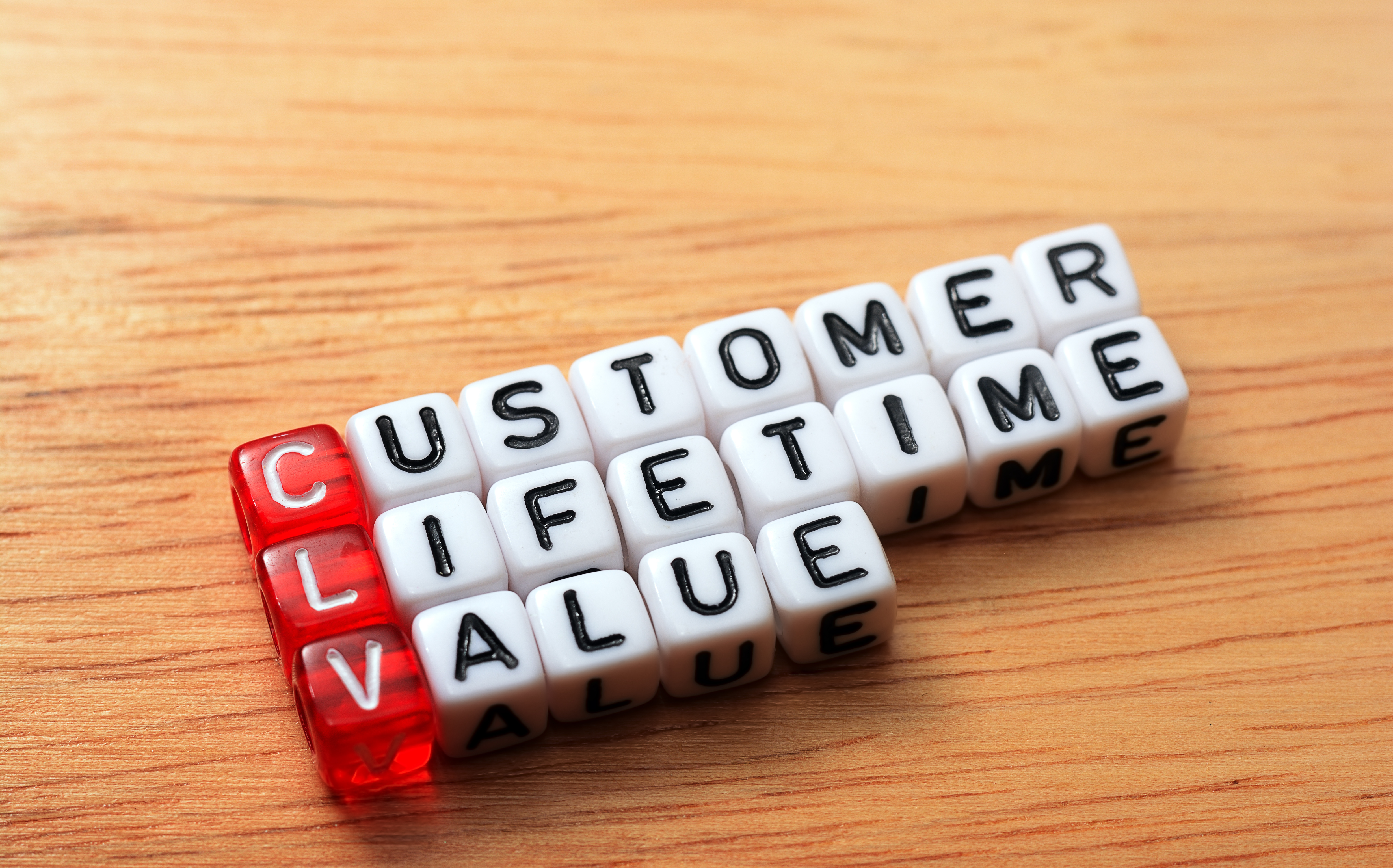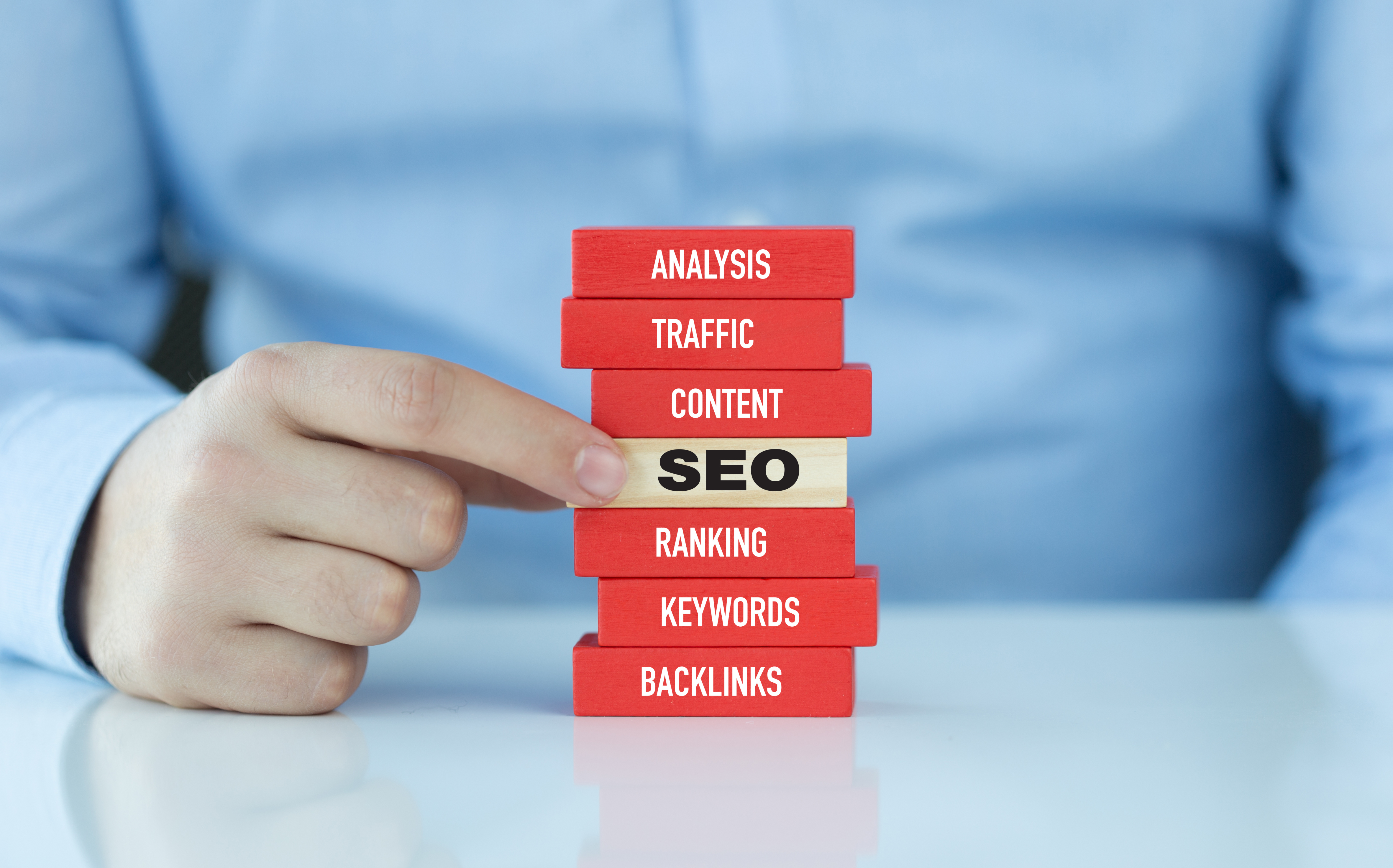Customer Lifetime Value (CLV) is one of the most critical metrics for any business. It represents the total revenue a business can expect from a customer over the entire course of their relationship. Focusing on increasing CLV helps not only to boost profits but also to foster long-term relationships with customers. The good news is, there are proven strategies that can help businesses increase CLV, and in this blog post, we will explore them in detail.
Prioritize Excellent Customer Service
Customer service plays a fundamental role in shaping the customer experience. A customer who has a positive interaction with your customer service team is more likely to return. Make sure your customer support team is well-trained, empathetic, and quick to resolve issues. Additionally, consider using tools like live chat, email automation, or AI-powered chatbots to handle simple queries quickly. Responding promptly and efficiently to customer complaints and inquiries can create loyalty and trust.
Actionable Tip: Implement a feedback loop to learn what customers appreciate and what needs improvement. Use that feedback to enhance the customer experience continually.
Build a Loyalty Program
A well-structured loyalty program incentivizes customers to continue buying from your business. These programs can offer points, rewards, discounts, or exclusive perks that create a sense of belonging and appreciation. Over time, as customers engage more with your brand, their lifetime value increases because they are motivated to return and make repeated purchases.
Actionable Tip: Design a tiered loyalty program that provides greater rewards for higher levels of engagement. Offering exclusive access to events, special discounts, or early access to new products can be enticing to high-value customers.
Personalize Customer Experience
Personalization is key to making customers feel valued. Using data such as purchase history, browsing behavior, and demographic information, businesses can offer personalized recommendations, targeted promotions, and relevant content. When customers feel understood, they are more likely to stay loyal and make additional purchases.
Actionable Tip: Implement recommendation engines that suggest products based on customer behavior. Personalized emails with tailored product suggestions, promotions, or even birthday discounts can boost engagement and spending.
Offer Subscription Services
Subscription-based models are a great way to lock in recurring revenue and increase CLV. Whether you’re in retail, SaaS, or another industry, subscription services offer customers a convenient and predictable way to engage with your brand. This could be a monthly product delivery, a membership program with exclusive benefits, or access to premium content.
Actionable Tip: Consider offering subscription tiers that cater to different customer needs and price points. Offering discounts or bonuses for long-term subscriptions can encourage customers to commit for the long haul.
Encourage Upselling and Cross-Selling
Both upselling and cross-selling are proven techniques to boost CLV. Upselling involves encouraging a customer to buy a more expensive version of the product or adding upgrades, while cross-selling involves suggesting complementary products that enhance the initial purchase. These tactics can significantly increase the average order value (AOV) and extend the customer’s buying journey.
Actionable Tip: Use data to identify which products complement each other and craft personalized suggestions for customers during the checkout process or in follow-up emails.
Stay Engaged Post-Purchase
Too many businesses make the mistake of focusing only on the sale. However, keeping customers engaged after they’ve made a purchase is critical for fostering loyalty and repeat business. Post-purchase emails, how-to guides, product care instructions, or surveys can keep the communication channel open and encourage customers to return for future purchases.
Actionable Tip: Send follow-up emails with useful content related to the purchased product, such as tips, usage guides, or recommendations for similar products. This builds rapport and adds value to the customer experience.
Offer Exceptional Product Quality and Experience
No amount of marketing or loyalty programs can compensate for poor product quality. Ensure that your products or services deliver exceptional value and meet or exceed customer expectations. When customers know they can rely on your products for quality, they are more likely to stick around.
Actionable Tip: Regularly update and improve your products based on customer feedback. Keeping the product fresh and relevant ensures customers continue to see value in what you offer.
Use Data to Predict and Prevent Churn
Churn is the silent killer of CLV. Keeping an eye on customer behavior can help you predict and prevent churn before it happens. Using analytics tools, you can track customer activity and identify warning signs such as a drop in engagement or purchasing frequency. Once you’ve identified these patterns, you can intervene with targeted campaigns or offers designed to win back at-risk customers.
Actionable Tip: Implement a churn-prevention strategy by creating win-back campaigns for disengaged customers. Offer them a discount, a personalized incentive, or a reminder of your product’s value.
Foster a Community Around Your Brand
Building a community around your brand is one of the best ways to retain customers for the long term. A community fosters loyalty, trust, and engagement beyond the individual transaction. You can use social media, forums, events, or user-generated content to create a sense of belonging among your customers.
Actionable Tip: Encourage customers to share their experiences, create content, or participate in events. This increases emotional investment in your brand, which translates into a longer customer lifecycle.
Track and Measure CLV Continuously
Lastly, it’s important to continuously track and measure CLV to ensure you’re on the right path. By regularly analyzing your CLV, you can identify which strategies are working and which need adjustment. Use tools like customer segmentation, RFM (Recency, Frequency, Monetary) analysis, and predictive analytics to understand customer behavior in greater depth.
Actionable Tip: Set up dashboards to monitor key CLV metrics and refine your strategies as new trends and customer behaviors emerge.
Conclusion
Increasing Customer Lifetime Value is all about building long-term relationships that go beyond the initial sale. By focusing on delivering an exceptional customer experience, offering personalized services, and continuously adding value, businesses can create loyal customers who will stick around for the long haul. Implement these strategies, track your progress, and watch your CLV soar.
FAQs:
What is Customer Lifetime Value (CLV), and why is it important?
CLV is the total revenue a business can expect to generate from a customer over the entire duration of their relationship. It’s important because it highlights the long-term profitability of customers, helping businesses prioritize customer retention and engagement. Focusing on CLV allows businesses to optimize marketing efforts, reduce acquisition costs, and drive sustainable growth.
How can businesses measure CLV effectively?
To measure CLV, businesses typically use the following formula:
CLV=(AveragePurchaseValue)×(PurchaseFrequency)×(CustomerLifespan)CLV = (Average Purchase Value) \times (Purchase Frequency) \times (Customer Lifespan)CLV=(AveragePurchaseValue)×(PurchaseFrequency)×(CustomerLifespan)
Tools like Google Analytics, customer relationship management (CRM) software, and dedicated analytics platforms can help track these metrics. Additionally, segmentation and cohort analysis can reveal how different customer groups contribute to CLV.
What’s the difference between customer acquisition cost (CAC) and CLV, and how do they relate?
CAC refers to the cost incurred to acquire a new customer, while CLV refers to the revenue a customer generates throughout their relationship with the business. The goal is to ensure that CLV far exceeds CAC. A high CLV-to-CAC ratio means your business is effectively retaining customers, while a low ratio suggests you’re spending too much on acquisition or not focusing enough on retention.
What are some key warning signs of customer churn, and how can they be addressed?
Some warning signs include a drop in engagement, reduced purchase frequency, lower spending, or negative feedback. To address these, businesses can implement churn-prevention strategies such as personalized win-back campaigns, special offers, or proactive customer support. Tracking these signs early can help reduce churn and improve CLV.
Can small businesses with limited resources implement these CLV strategies?
Absolutely! Small businesses can implement many of these strategies at a low cost. For instance, providing excellent customer service and personalization doesn’t require a big budget but can significantly improve CLV. Similarly, simple loyalty programs, regular follow-up emails, and fostering community on social media are cost-effective ways to build long-term customer relationships.








